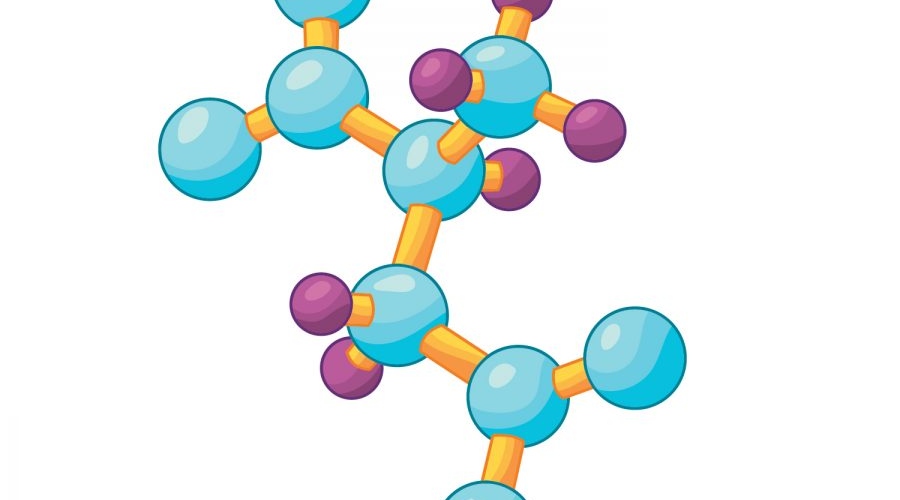Proteins play a very important role in all living organisms. Understanding binding interactions between proteins and the affinity between large and small molecules in cells can provide answers to important mechanisms of action or regulatory pathways, which are important in medicine. New technologies are giving scientists more fundamental knowledge about these gene regulatory networks and control mechanisms in humans.
The Role of Proteins in the Body
Protein macromolecules are responsible for all cell activity like DNA replication, catalyzation of metabolic reactions, transportation of molecules, as well as cell structure and functioning. The synthesis of proteins is determined by gene expression and controlled by regulatory genes. Such regulatory genes code for proteins that activate or inhibit the expression of other genes, thereby forming a complex web of interactions (1). Practical applications of the genetic analysis of these protein networks can have a strong impact on the biotech and pharmaceutical industries (2).

Ligands are substances that bind to proteins and form complexes that inhibit or trigger signals. This molecular binding can occur in biological complexes between pairs or sets of proteins, or between a protein and a ligand or a nucleic acid. The strengthof binding is called affinity and can be quantified to show the tendency or strength of the bond and its signaling effect. By measuring binding affinities, researchers can better understand protein activity/function and regulatory pathways (3). Historically, the determination of binding affinities has been a tedious process, but new technologies are very effective and easy to manipulate.
Advantages of Using Microscale Thermophoresis
Microscale thermophoresis (MST) is a technique that measures the strength of the interactions between a fluorescently labeled or intrinsically fluorescent sample and a ligand as a temperature gradient is applied over a period of time. This tool has evolved overtime to become more user friendly and has many benefits that provide fast and accurate protein affinity measurements. There are two key features that make MST a great tool.
1. Sample Size and Condition
MST instruments allow the researcher to get results quickly by consuming very little sample. They easily measures binding interactions between molecules of different sizes, even the most difficult targets. Samples generally require purification, but MST tools have been improved to allow samples to be analyzed in-solution, under native or close-to-native conditions, and in an immobilization-free environment (4).
2. Ease of Use
MST technology provides extremely accurate binding affinity measurements, and can be used by anyone in the lab. Easy-to-use software allows users to calculate the volumes and dilutions needed to run an assay. Utilizing this technology can save time in the lab by automatically calculating binding affinity values without extra work, providing data and reporting outcomes using one single tool. It actualizes measurements in minutes; allowing the user to collect more research data and make more informed decisions.
The ability to expand our knowledge about gene regulatory pathways is continuous. Researchers are working collectively to fully understand the dynamics of these networks, and laboratories are assuming the responsibility of building new tools that can make experiments simpler and enhance their ability to better understand protein complexity.
- Mouli Das, Subhasis Mukhopadhyay and Rajat K. De. Gradient Descent Optimization in Gene Regulatory Pathways. PLoS One. 2010; 5(9): e12475. Published online 2010 Sep 3. doi: 10.1371/journal.pone.0012475
- Datta S. Exploring Relationships in Gene Expressions: A Partial Least Squares Approach. Gene Expr. 2001;9:249–255. [PubMed]
- Baron R, Setny P, McCammon JA (September 2010). Water in cavity-ligand recognition. Journal of the American Chemical Society. 132 (34): 12091–7. PMC2933114?. PMID 20695475. doi:10.1021/ja1050082
- Thomas H. Scheuermann, Shae B. Padrick, Kevin H. Gardner and Chad A. Brautigam. On the acquisition and analysis of microscale thermophoresis data. Anal Biochem. 2016 Mar 1; 496: 79–93.Published online 2015 Dec 29. doi: 10.1016/j.ab.2015.12.013.










Comments are closed.